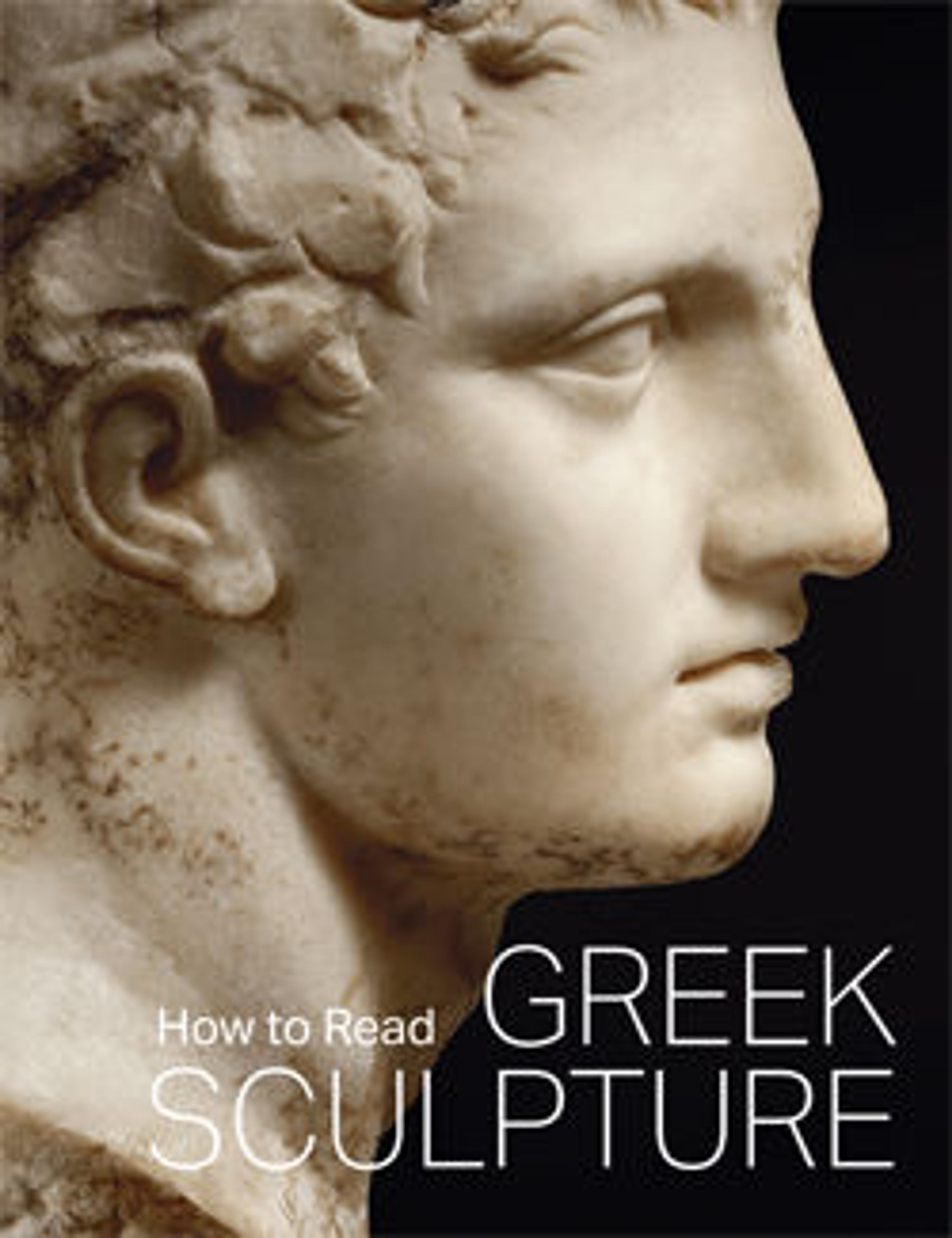Terracotta statuette of the Diadoumenos (youth tying a fillet around his head)
Copy of a Greek bronze statue of ca. 430 B.C. by Polykleitos
Connoisseurship and the origins of the discipline of art history began in the Hellenistic period. Greek statues of the fifth century B.C., notably works by Polykleitos, Phidias, and others, were sought out and frequently replicated. The pose of the famous statue of the Diadoumenos by Polykleitos is recognizable in this statuette, but the slender, graceful forms conform to Late Hellenistic taste.
Although terracotta was one of the most abundantly available and inexpensive materials of sculptural production in antiquity, it was used to make miniature copies less widely than might be expected. Apparently, only a few centers of production concentrated on this sculptural genre, and those that did limited their choices of subject considerably. The Greek city of Smyrna on the west coast of Asia Minor was among the most important copying centers, and a number of large- and small-scale replicas or variations of well-known statuary types, from both the Classical and Hellenistic periods, were made there.
Connoisseurship and the origins of the discipline of art history began in the Hellenistic period. Greek statues of the fifth century B.C., notably works by Polykleitos, Phidias, and others, were sought out and frequently replicated. The pose of the famous statue of the Diadoumenos by Polykleitos is recognizable in this statuette, but the slender, graceful forms conform to Late Hellenistic taste.
Although terracotta was one of the most abundantly available and inexpensive materials of sculptural production in antiquity, it was used to make miniature copies less widely than might be expected. Apparently, only a few centers of production concentrated on this sculptural genre, and those that did limited their choices of subject considerably. The Greek city of Smyrna on the west coast of Asia Minor was among the most important copying centers, and a number of large- and small-scale replicas or variations of well-known statuary types, from both the Classical and Hellenistic periods, were made there.
Artwork Details
- Title: Terracotta statuette of the Diadoumenos (youth tying a fillet around his head)
- Period: Hellenistic
- Date: 1st century BCE
- Culture: Greek
- Medium: Terracotta
- Dimensions: 11 7/16in. (29cm)
- Classification: Terracottas
- Credit Line: Fletcher Fund, 1932
- Object Number: 32.11.2
- Curatorial Department: Greek and Roman Art
Audio
1082. Terracotta statuette of the Diadoumenos (youth tying a fillet around his head)
0:00
0:00
We're sorry, the transcript for this audio track is not available at this time. Please email info@metmuseum.org to request a transcript for this track.
More Artwork
Research Resources
The Met provides unparalleled resources for research and welcomes an international community of students and scholars. The Met's Open Access API is where creators and researchers can connect to the The Met collection. Open Access data and public domain images are available for unrestricted commercial and noncommercial use without permission or fee.
To request images under copyright and other restrictions, please use this Image Request form.
Feedback
We continue to research and examine historical and cultural context for objects in The Met collection. If you have comments or questions about this object record, please contact us using the form below. The Museum looks forward to receiving your comments.
